Home>Furniture & Design>Outdoor Furniture>Which Is The Best Location For An Outdoor Condensing Unit?
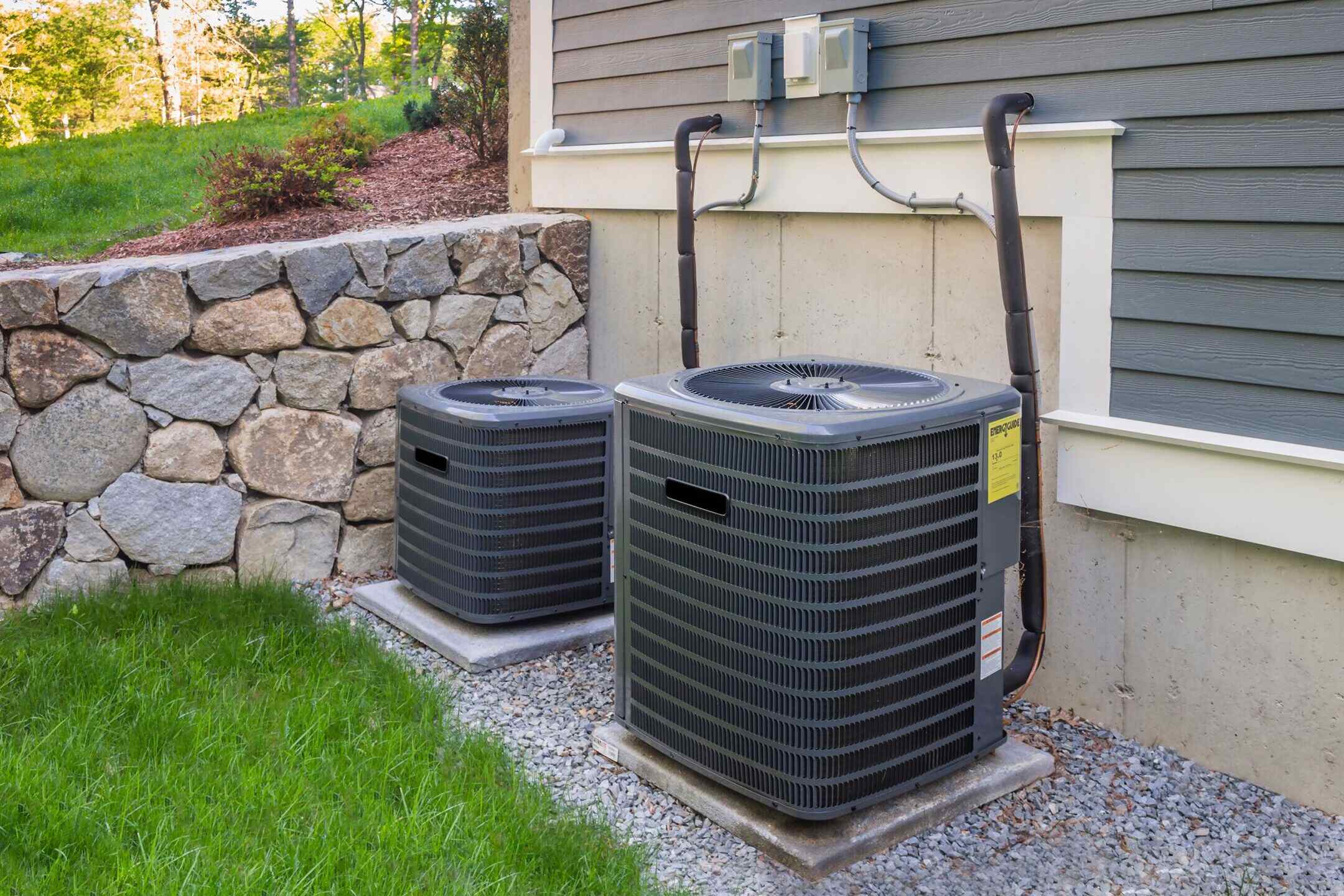

Outdoor Furniture
Which Is The Best Location For An Outdoor Condensing Unit?
Modified: February 18, 2024
Discover the best location for your outdoor condensing unit with our expert tips. Enhance your outdoor space with our top-quality outdoor furniture and design ideas.
(Many of the links in this article redirect to a specific reviewed product. Your purchase of these products through affiliate links helps to generate commission for Storables.com, at no extra cost. Learn more)
Introduction
When it comes to outdoor furniture, the placement of an outdoor condensing unit is a critical consideration for both functionality and aesthetics. The outdoor condensing unit is a vital component of air conditioning and refrigeration systems, responsible for releasing heat and allowing the refrigerant to cool and condense. To ensure optimal performance and longevity of the unit, selecting the best location is paramount.
In this comprehensive guide, we will delve into the key factors to consider when choosing a location for an outdoor condensing unit. We will explore the various options for placement, weighing the pros and cons of each. By the end of this article, you will have a clear understanding of the best location for an outdoor condensing unit, enabling you to make informed decisions that align with your specific needs and preferences. Let's embark on this enlightening journey to uncover the ideal placement for outdoor condensing units.
Key Takeaways:
- Choose a location for your outdoor condensing unit that allows for good airflow, protects from debris, minimizes noise, and provides easy maintenance access. Elevating the unit on a stable platform can be a practical choice.
- Consider factors like airflow, debris protection, noise, maintenance access, and sunlight exposure when deciding the best location for your outdoor condensing unit. Elevating the unit on a stable platform while ensuring unobstructed airflow can optimize its performance and longevity.
Read more: Where Is The AC Condenser Located
Factors to Consider When Choosing a Location
When determining the optimal location for an outdoor condensing unit, several crucial factors must be taken into account to ensure efficient operation and longevity of the equipment. Consider the following:
- Airflow: Adequate airflow is essential for the proper functioning of an outdoor condensing unit. Placing the unit in an area with unobstructed airflow will facilitate the dissipation of heat, preventing the system from overheating and ensuring optimal performance.
- Protection from Debris: It is imperative to shield the condensing unit from debris such as leaves, grass clippings, and other outdoor elements that could obstruct the airflow or damage the unit. A location that minimizes exposure to debris will help maintain the unit’s efficiency and reduce the need for frequent cleaning and maintenance.
- Noise Considerations: Outdoor condensing units can generate significant noise during operation. When selecting a location, it is important to consider the proximity to living spaces or areas where noise sensitivity is a concern. Placing the unit away from frequently used outdoor living areas or bedrooms can help mitigate noise disturbances.
- Accessibility for Maintenance: Accessibility for routine maintenance and repairs is a critical factor to consider. Choosing a location that allows service technicians easy access to the unit for inspections, cleaning, and repairs can save time and resources in the long run.
- Exposure to Direct Sunlight: Excessive exposure to direct sunlight can impact the efficiency of an outdoor condensing unit. While some sunlight is inevitable, minimizing prolonged exposure can help prevent the unit from overworking and enhance its overall performance and lifespan.
- Local Building Codes and Regulations: It is essential to consult local building codes and regulations when determining the placement of an outdoor condensing unit. Compliance with these guidelines ensures safety, efficiency, and adherence to legal requirements.
By carefully evaluating these factors, you can make an informed decision regarding the most suitable location for your outdoor condensing unit, optimizing its performance and longevity while minimizing potential issues.
Options for Outdoor Condensing Unit Placement
When it comes to placing an outdoor condensing unit, several options are available, each with its own set of advantages and considerations. Understanding these placement options can help you determine the most suitable location for your specific needs. Here are the primary placement options to consider:
- Ground-Level Placement: Placing the condensing unit at ground level is a common approach. This placement offers ease of access for maintenance and service, making it convenient for technicians to perform routine inspections and repairs. However, ground-level units may be more susceptible to debris accumulation and potential damage from ground-level flooding or landscaping activities.
- Elevated Platform or Stand: Elevating the condensing unit on a platform or stand can provide protection from debris and minimize the risk of flooding or water damage. Additionally, an elevated placement can enhance airflow around the unit, contributing to its overall efficiency. However, ensuring structural stability and accessibility for maintenance are crucial considerations when opting for an elevated platform.
- Wall-Mounted Placement: Wall-mounted condensing units are installed at an elevated position on an exterior wall, offering a space-saving solution and minimizing ground-level obstructions. This placement can also help reduce noise transmission to outdoor living areas. However, it is essential to ensure proper clearance and ventilation for wall-mounted units to operate effectively.
- Remote Location: In some cases, a remote location away from the primary outdoor living spaces may be considered for placing the condensing unit. This approach can minimize noise disturbances and maintain a clean, unobstructed environment around the unit. However, careful consideration of accessibility for maintenance and the length of refrigerant lines is necessary when opting for a remote location.
Each placement option presents unique benefits and considerations, and the most suitable choice will depend on factors such as available space, landscaping, noise sensitivity, and accessibility for maintenance. By carefully evaluating these options, you can identify the placement that best aligns with your specific requirements and preferences.
When choosing a location for an outdoor condensing unit, make sure it is placed in a well-ventilated area with good airflow, away from direct sunlight and debris. This will help the unit operate efficiently and last longer.
Best Location for an Outdoor Condensing Unit
After considering the critical factors and evaluating the placement options, determining the best location for an outdoor condensing unit involves finding a balance between functionality, efficiency, and practical considerations. While the ideal location may vary based on individual circumstances, there are key guidelines to help identify the optimal placement:
- Adequate Airflow: Select a location that allows for unobstructed airflow around the condensing unit. This facilitates heat dissipation and prevents the system from overheating, ensuring optimal performance and efficiency.
- Protection from Debris: Choose a location that minimizes exposure to debris, such as leaves, grass clippings, and other outdoor elements. This can reduce the risk of airflow obstruction and potential damage to the unit, minimizing maintenance requirements.
- Consideration of Noise: When placing the unit, consider its proximity to living spaces and areas where noise sensitivity is a concern. Opt for a location that minimizes noise disturbances while maintaining accessibility for service and maintenance.
- Accessibility for Maintenance: Prioritize a location that allows service technicians easy access to the unit for routine maintenance, inspections, and repairs. Accessibility can significantly impact the efficiency and longevity of the condensing unit.
- Optimal Sunlight Exposure: While some sunlight exposure is inevitable, aim to minimize prolonged direct sunlight on the unit. This can help prevent the system from overworking and enhance its overall efficiency and lifespan.
Considering these guidelines, the best location for an outdoor condensing unit often involves a balance of elevated placement, adequate airflow, and protection from debris. Elevating the unit on a stable platform or stand, while ensuring unobstructed airflow and minimal exposure to direct sunlight, can offer an optimal combination of functionality and practicality.
It is important to note that local building codes and regulations, as well as specific property considerations, may influence the final placement decision. Consulting with HVAC professionals or contractors can provide valuable insights and recommendations tailored to your unique circumstances.
By carefully assessing these factors and guidelines, you can confidently determine the best location for your outdoor condensing unit, optimizing its performance and contributing to a well-maintained outdoor environment.
Conclusion
Choosing the best location for an outdoor condensing unit is a decision that encompasses both practical considerations and the desire for optimal performance. By carefully evaluating factors such as airflow, protection from debris, noise considerations, accessibility for maintenance, and sunlight exposure, you can make an informed decision that aligns with your specific needs and property dynamics.
Understanding the various placement options, including ground-level placement, elevated platforms or stands, wall-mounted installation, and remote locations, empowers you to select a placement that maximizes efficiency and minimizes potential challenges.
Ultimately, the best location for an outdoor condensing unit often involves a thoughtful balance of functionality and practicality. Elevating the unit on a stable platform or stand, ensuring unobstructed airflow, and minimizing exposure to direct sunlight can contribute to optimal performance and longevity.
It is important to note that local building codes and regulations, as well as property-specific considerations, may influence the final placement decision. Seeking guidance from HVAC professionals or contractors can provide valuable insights tailored to your unique circumstances.
By prioritizing the factors outlined in this guide and considering the available placement options, you can confidently select the best location for your outdoor condensing unit, contributing to a well-maintained and efficient outdoor environment while ensuring the longevity and performance of your HVAC system.
With a well-placed outdoor condensing unit, you can enjoy the comfort of your outdoor living spaces while maintaining the functionality and aesthetics of your property.
Frequently Asked Questions about Which Is The Best Location For An Outdoor Condensing Unit?
Was this page helpful?
At Storables.com, we guarantee accurate and reliable information. Our content, validated by Expert Board Contributors, is crafted following stringent Editorial Policies. We're committed to providing you with well-researched, expert-backed insights for all your informational needs.
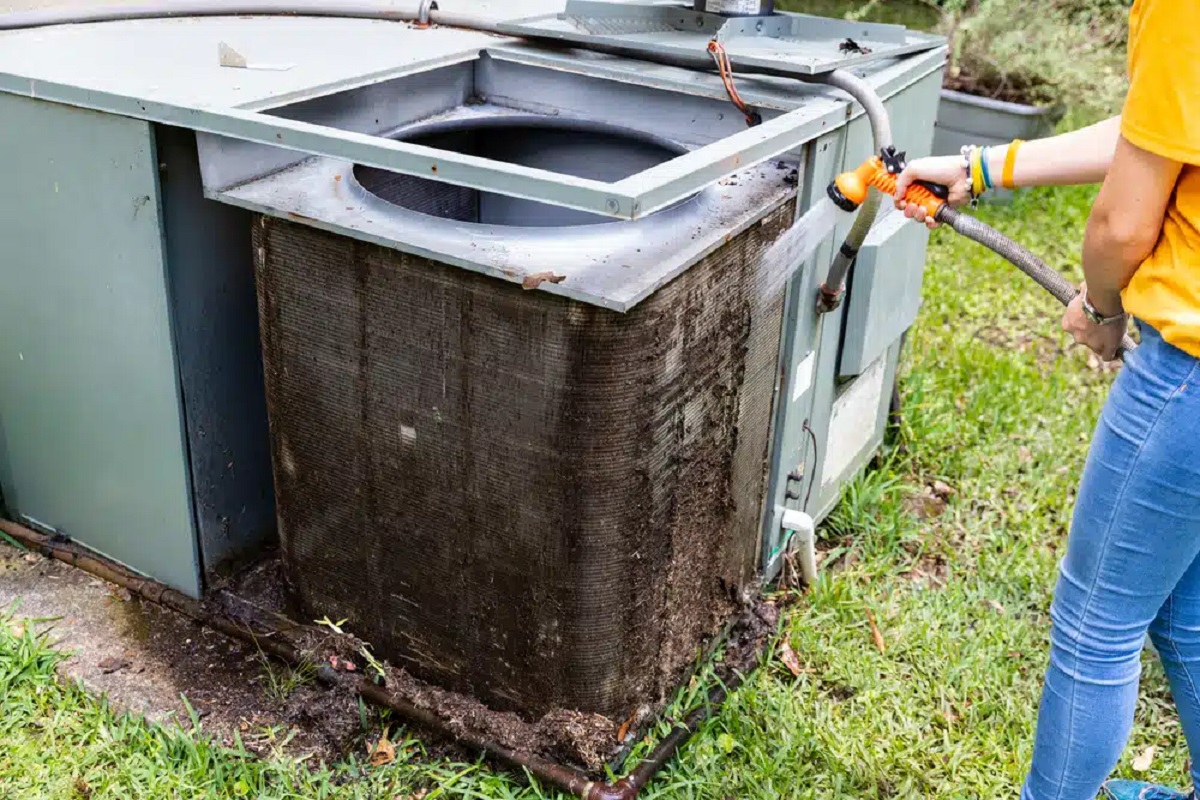
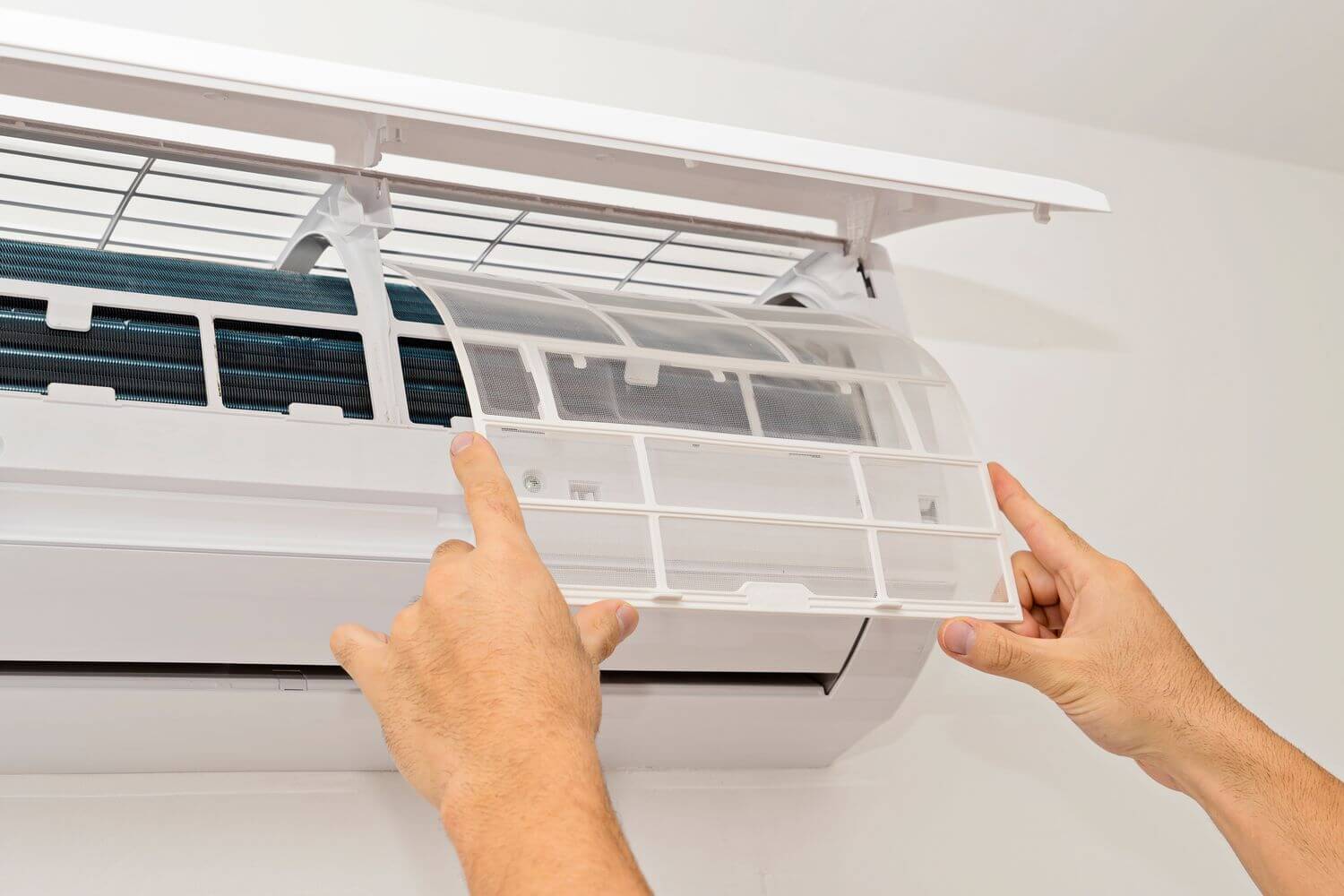
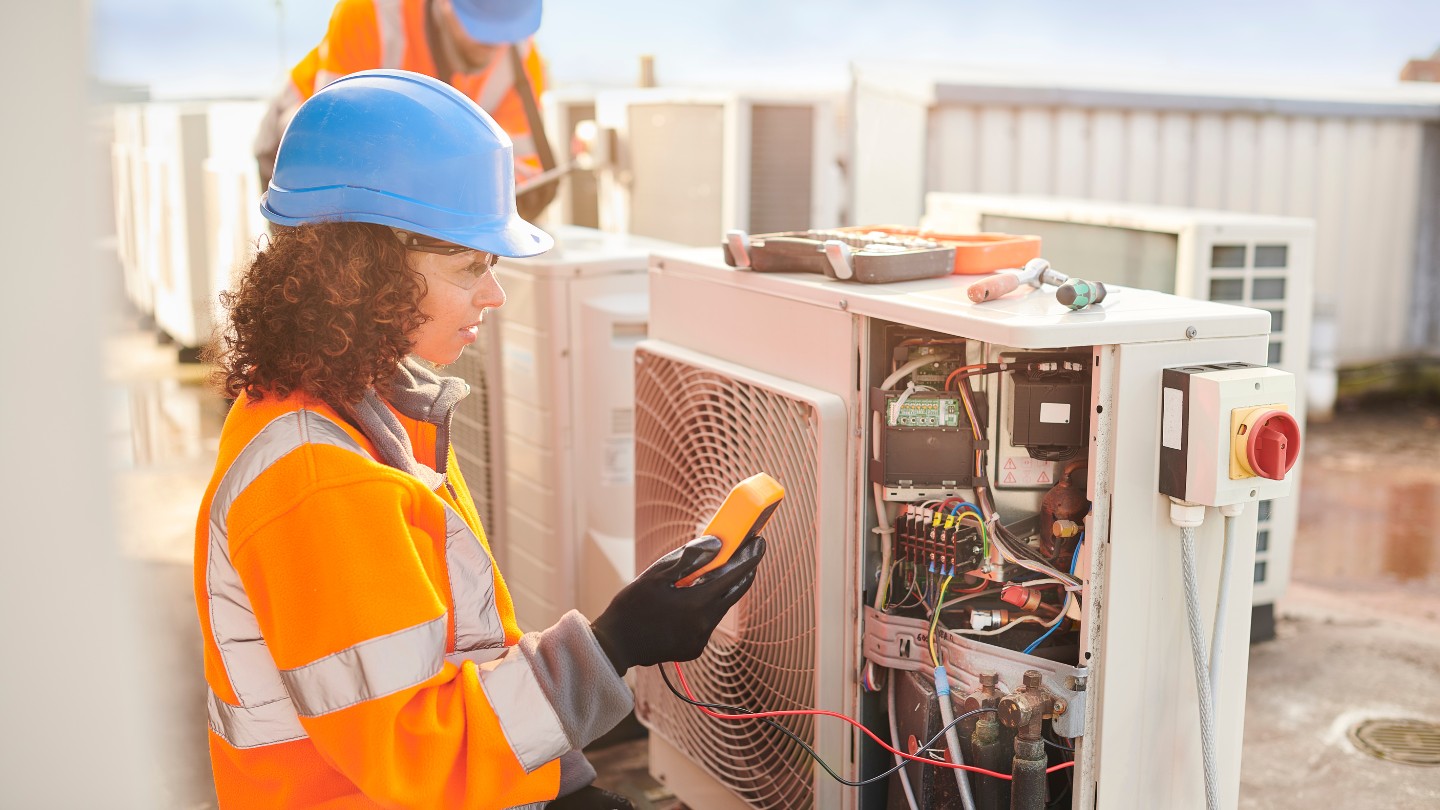

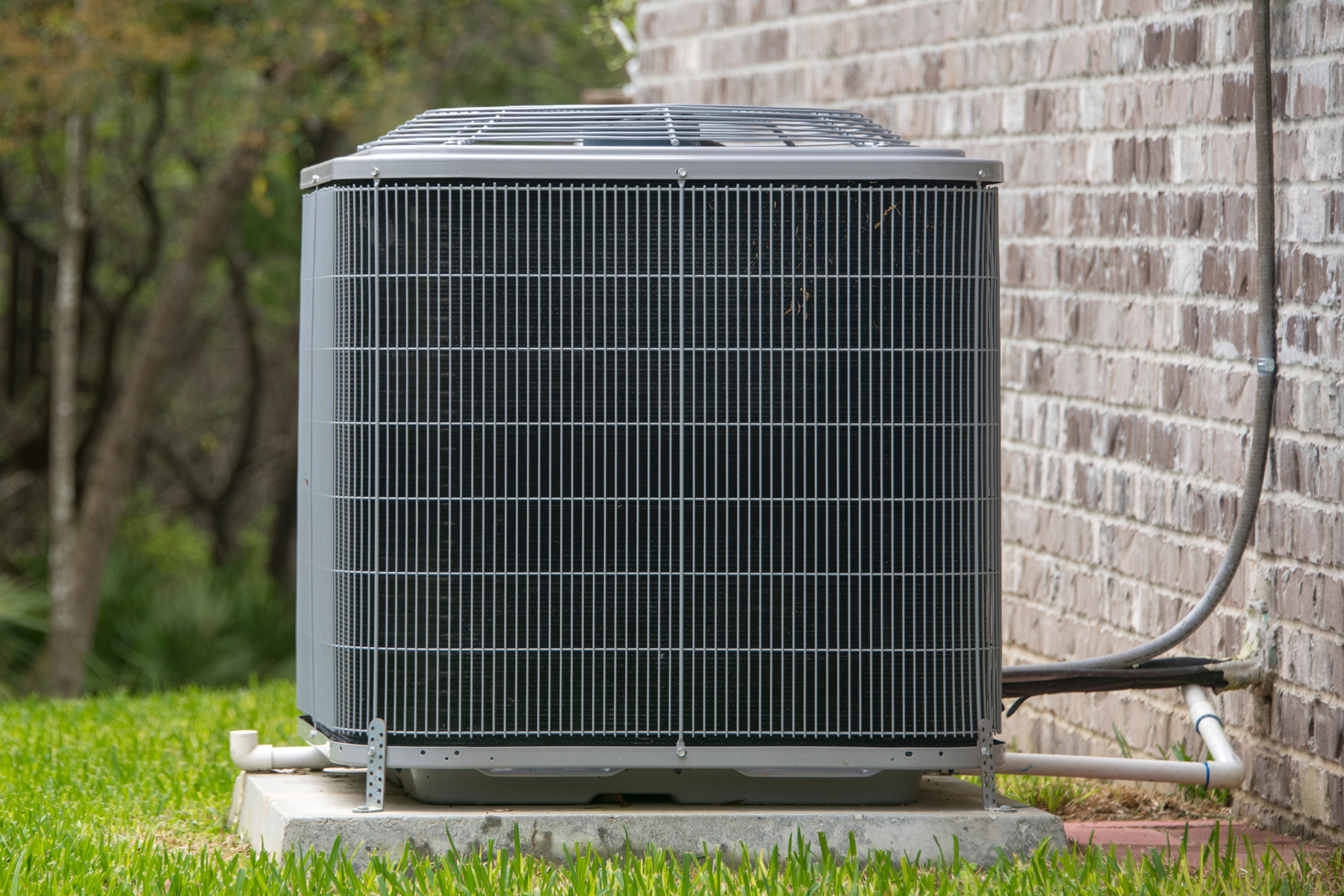
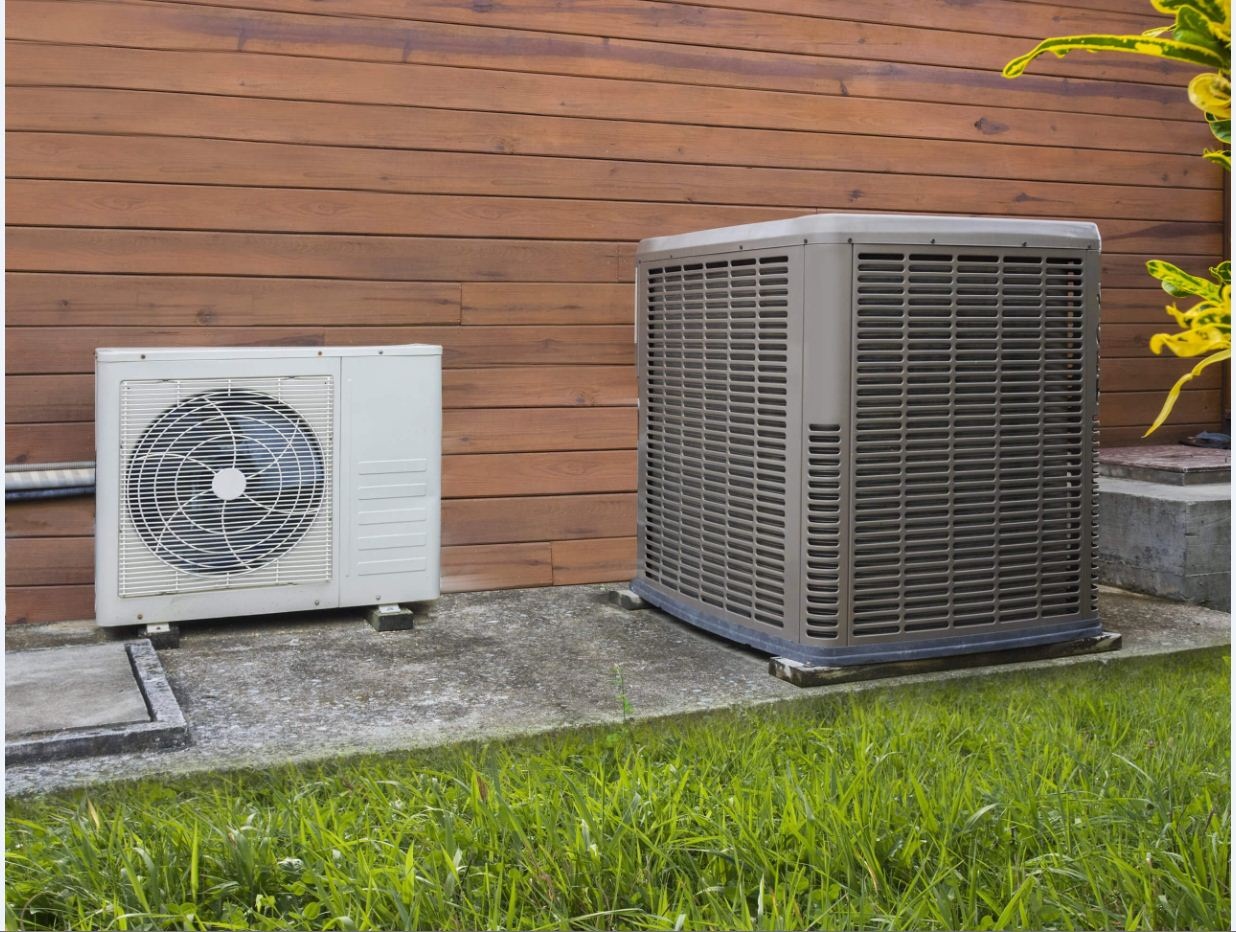

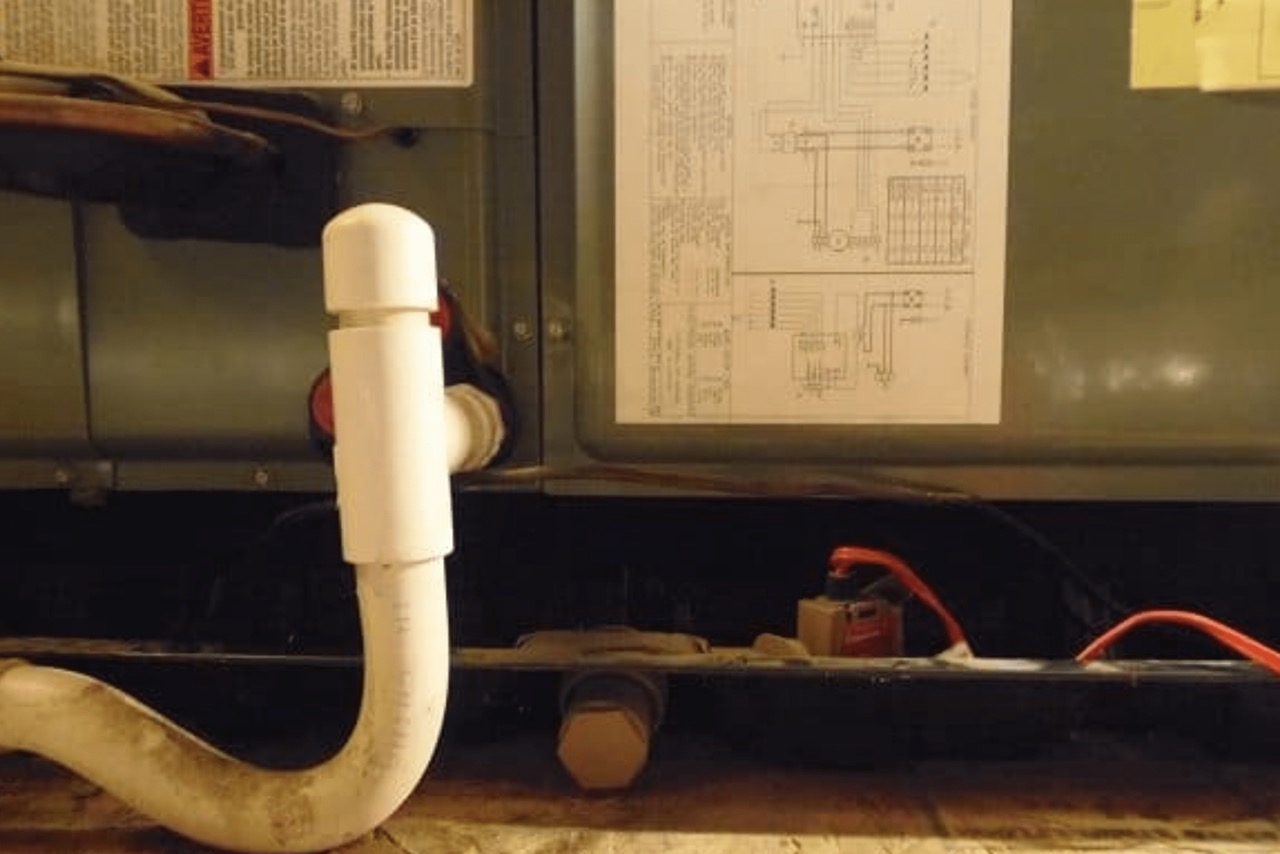
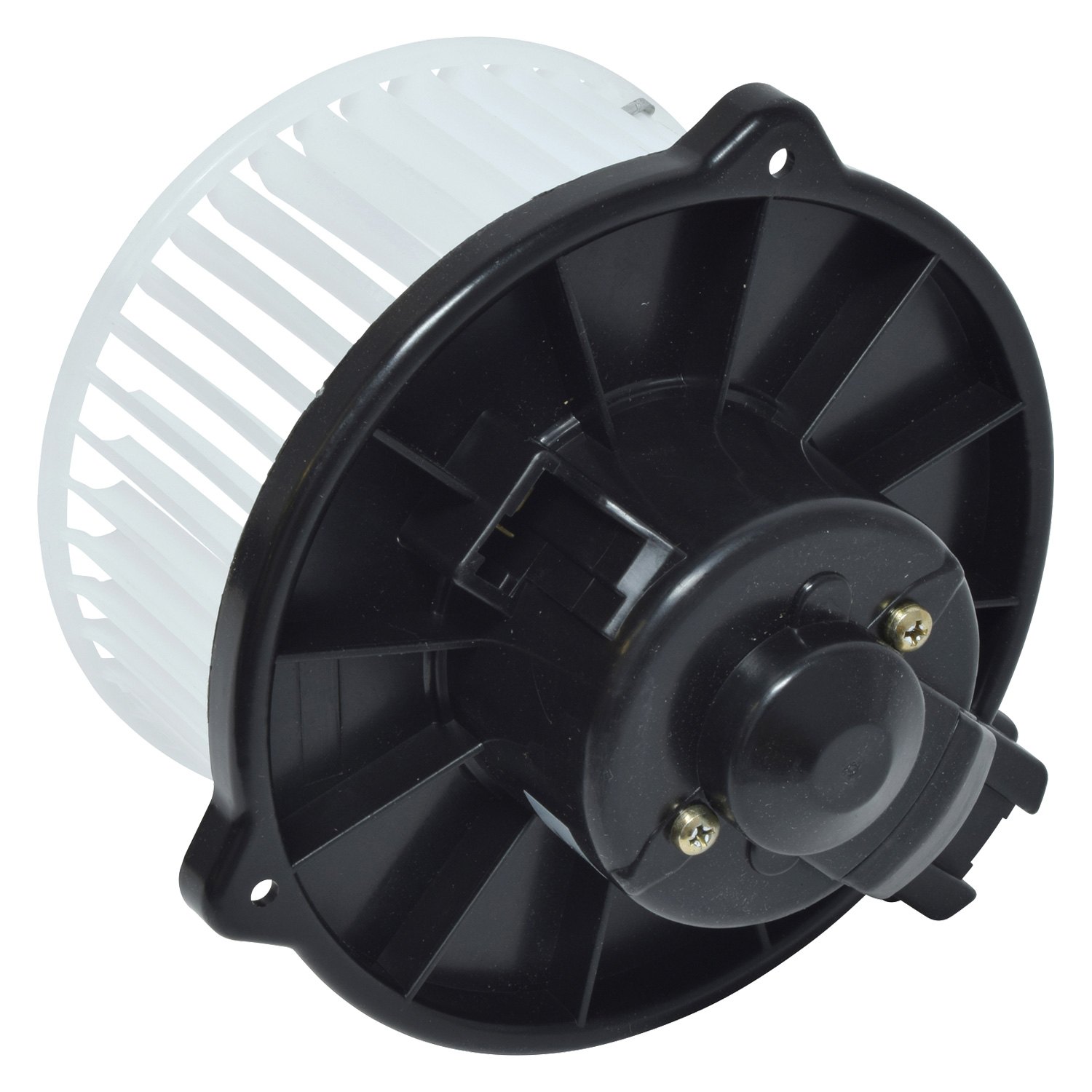
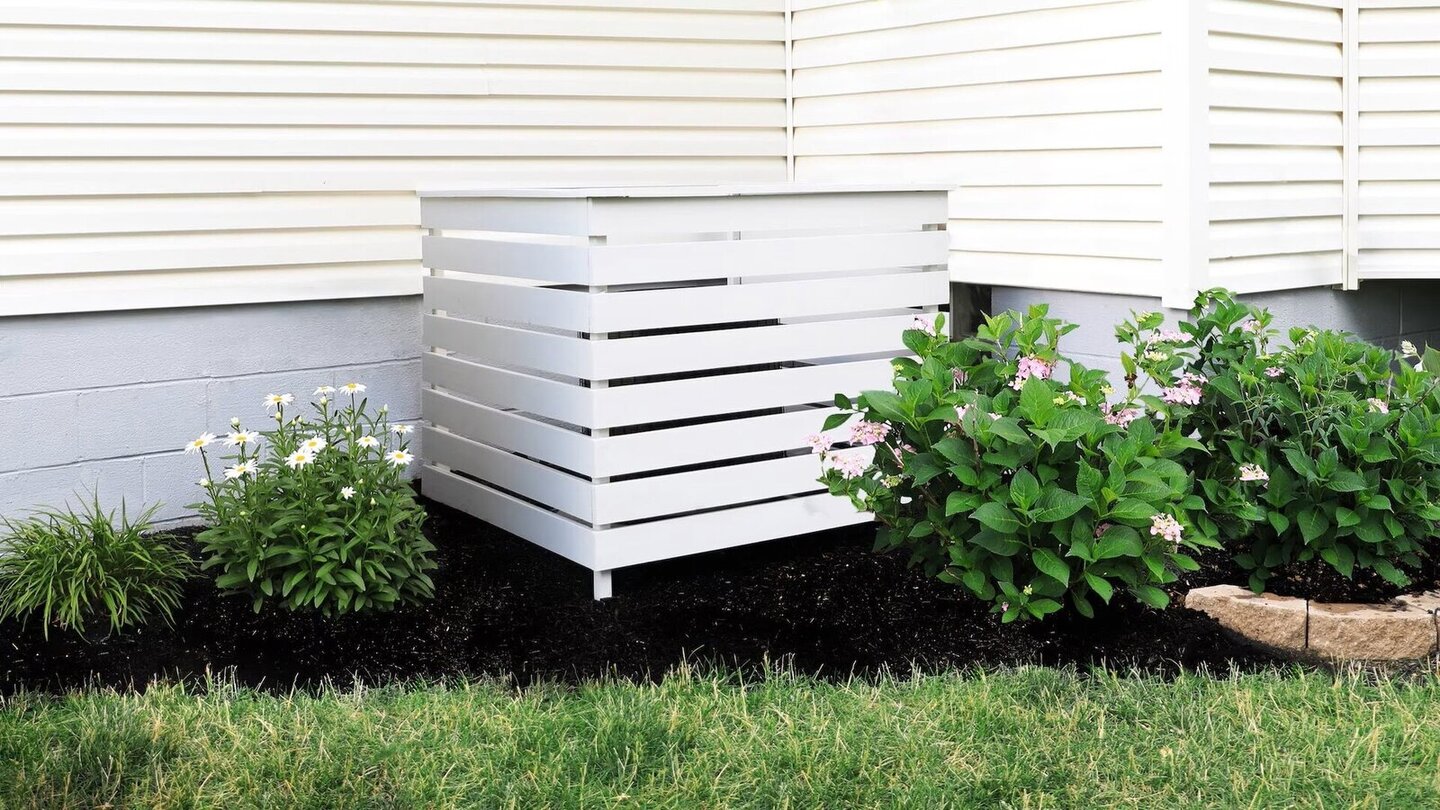
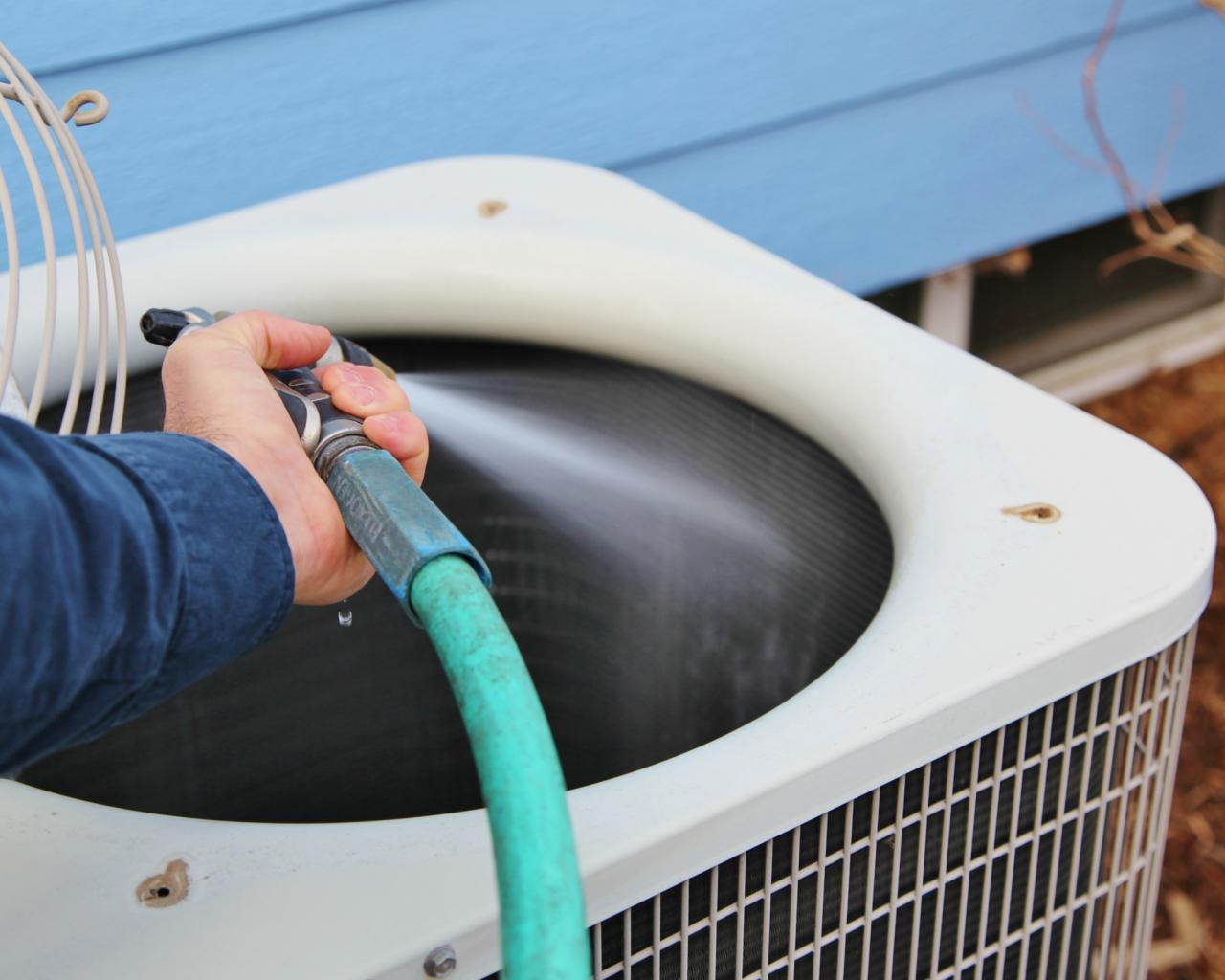
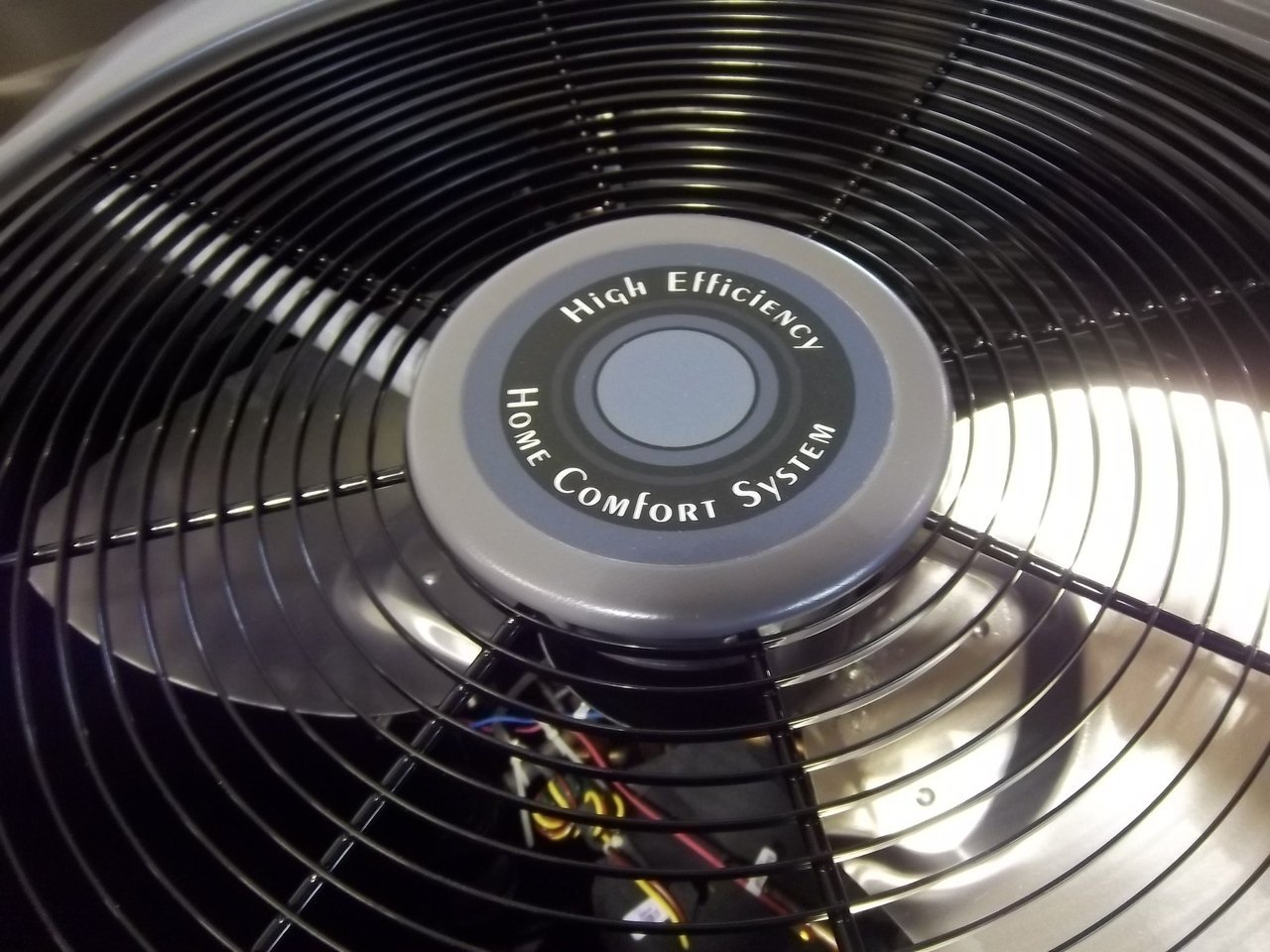

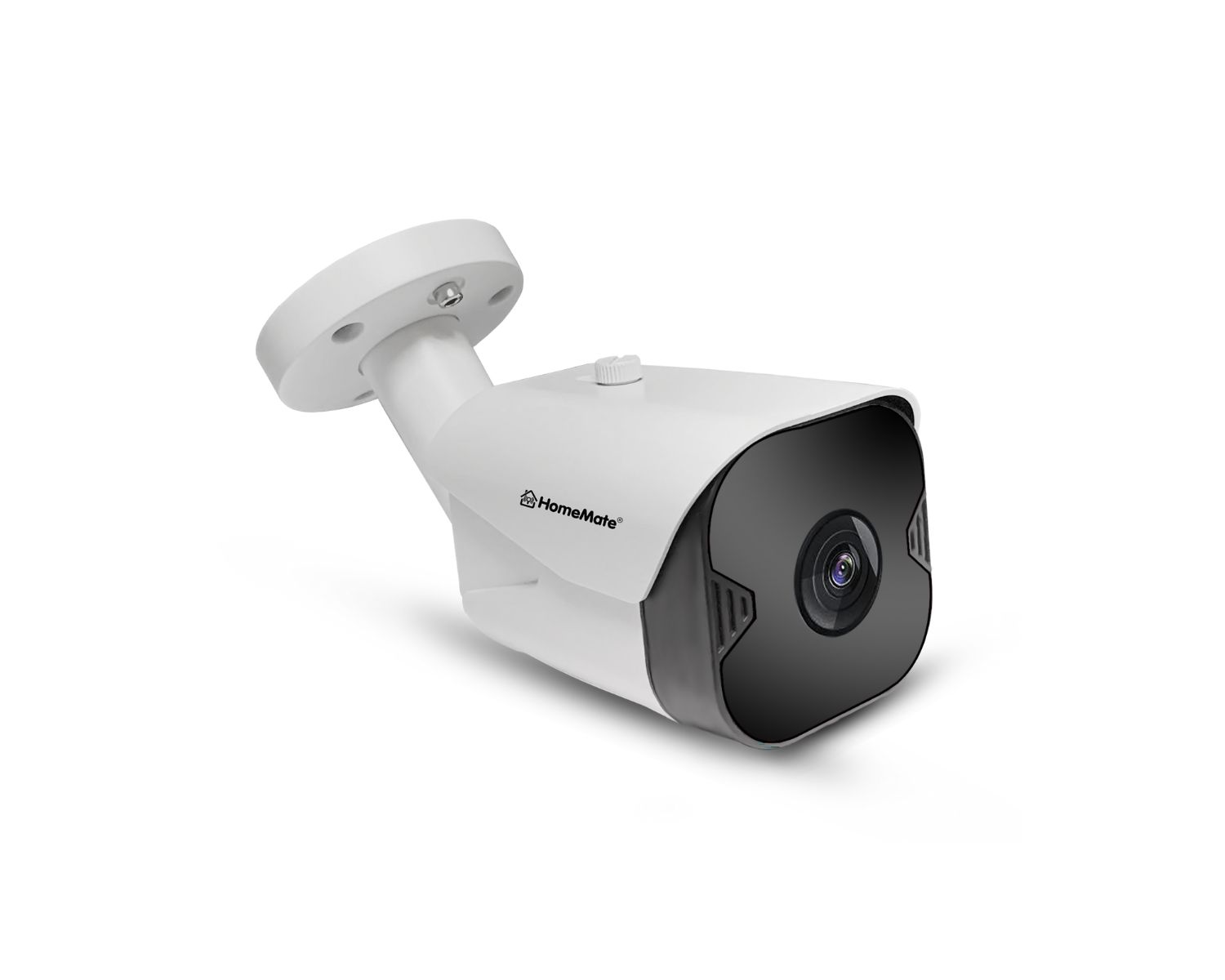
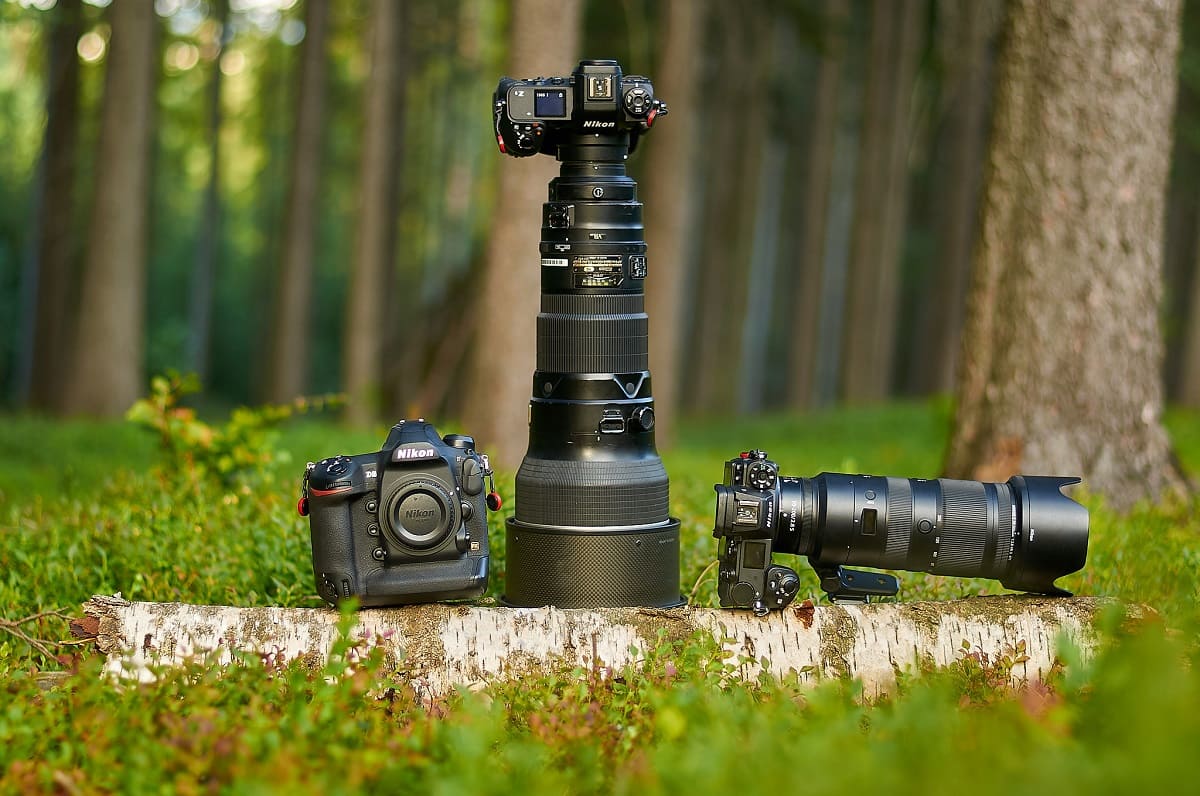

0 thoughts on “Which Is The Best Location For An Outdoor Condensing Unit?”